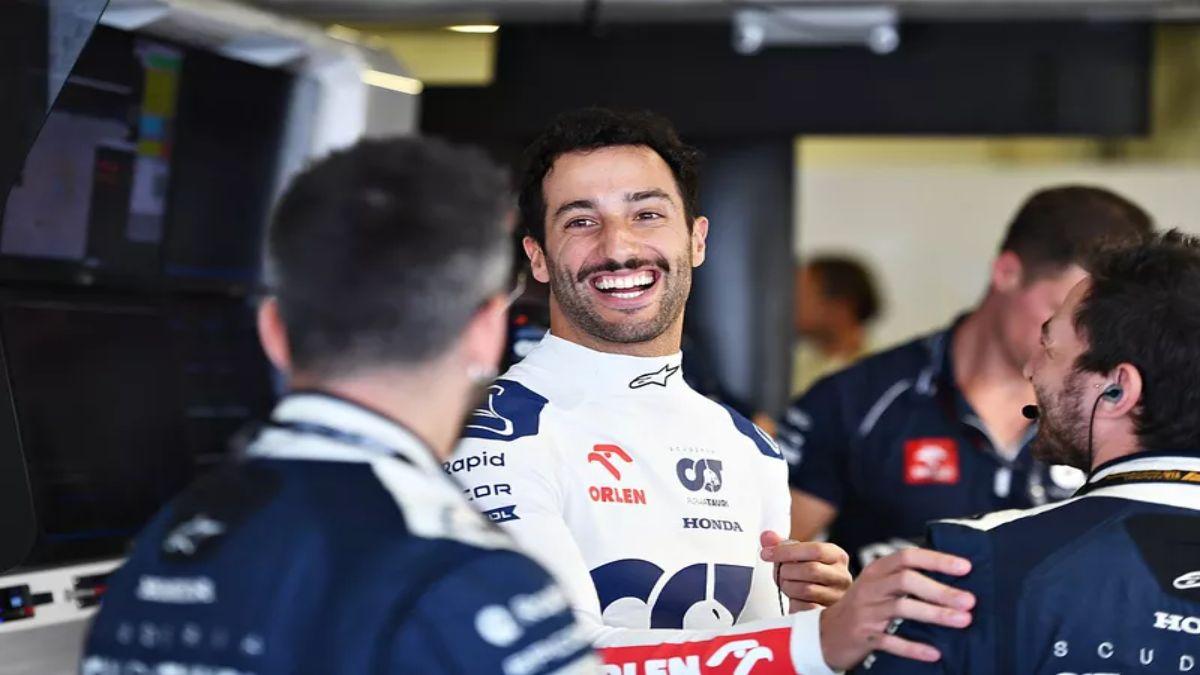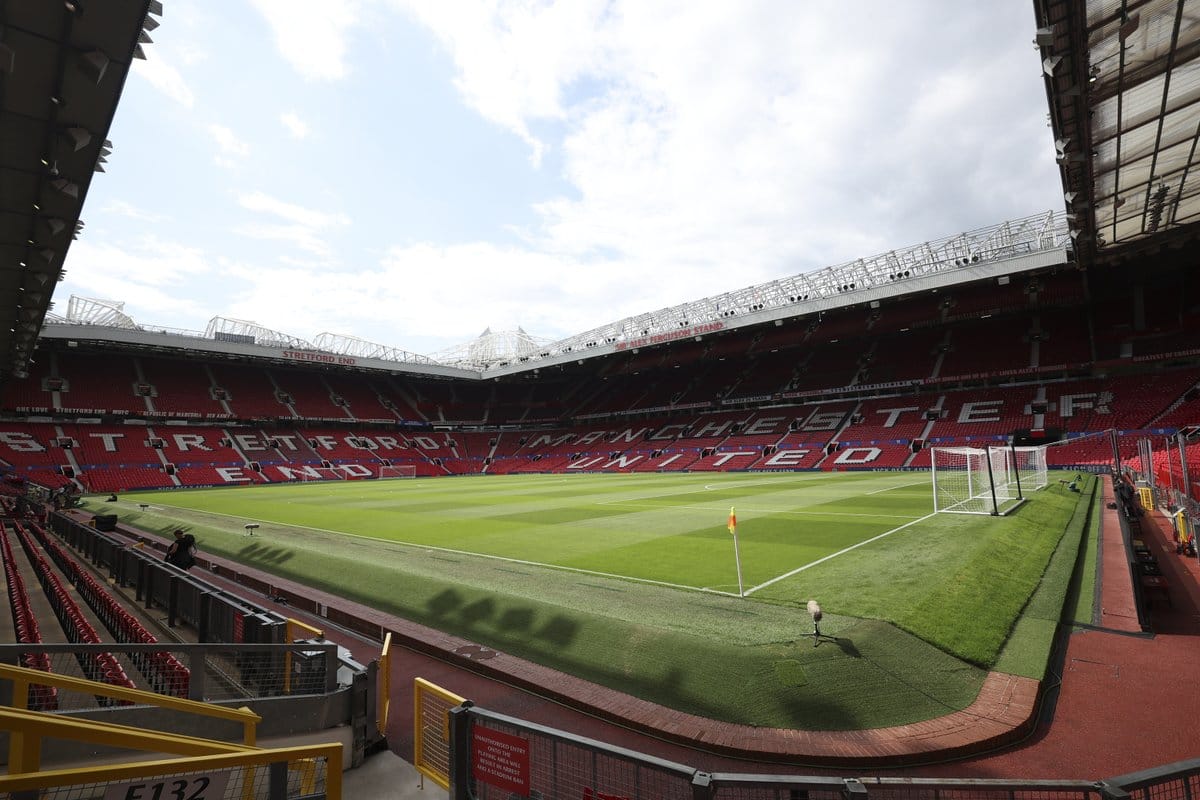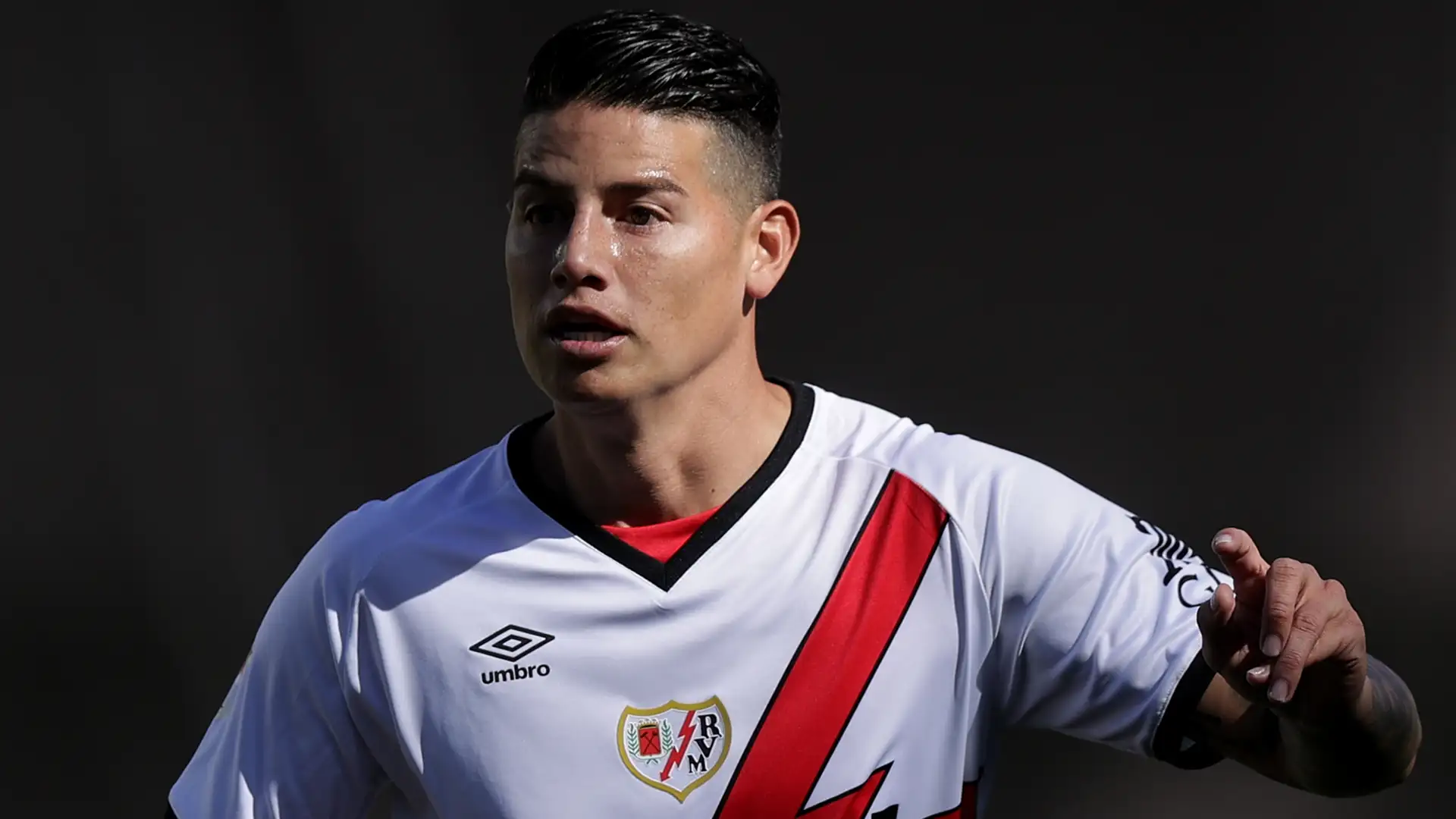(Motorsports news) Ricciardo and McLaren worked relentlessly for two seasons to get the Australian used to the Woking squad’s technology. McLaren’s current lineage of cars has a well-known low-speed vulnerability that the team has yet to remedy, forcing its drivers to compromise their braking and cornering style more than they would like.
And, while Lando Norris and now Oscar Piastri have been able to drive around the shortcomings of the current MCL60 to score a streak of podiums at circuits that suit it, Ricciardo has never been able to overcome the gap between how its predecessors needed to be driven and his own driving style. Fast forward to 2023, and AlphaTauri, which has given Ricciardo a second chance after half a season on the sidelines, has made similar observations to McLaren about the Australian’s requirements.
“We can see that he drives the car differently than some of the other drivers we’ve worked with, as well as Yuki Tsunoda,” said Jonathan Eddolls, head of trackside engineering, on Sunday before the race. “The way he attacks corners and hits the brakes.” “The driving style is distinct.” But, after chasing his tail at McLaren to lessen his disadvantage to Norris, which proved unproductive and eroded his confidence, Ricciardo now appears to have found a car that does allow him to employ his natural driving style.
Ricciardo’s wrist fracture at Zandvoort slowed the process significantly. AlphaTauri brought a constant stream of incremental changes to its AT04 during his five-race layoff, which meant that it had to go back to basics in Austin to get Ricciardo up to speed with a car that was significantly different from the one he raced on his initial comeback. Due to the sprint format’s stringent parc ferme rules, Ricciardo was soon stranded with a subpar set-up and finished a lapped 15th.
“We had that the question mark in Austin, which is why we sort of put him back on Yuki’s setup, because the car has developed a lot since we brought many aero updates and characteristics had changed,” he said. “And then he got stuck because it was parc ferme, so that was the weekend’s frustration. We came out of it knowing that probably there was more performance in the package that we didn’t have the opportunity to unlock.”
Ricciardo and his engineers, on the other hand, had the luxury of three regular practice sessions in Mexico to fine-tune their car. The Faenza team discovered a set-up breakthrough that, combined with track-specific abilities, allowed Ricciardo to finish fourth in qualifying, barely a tenth behind Max Verstappen. He translated that into a seventh-place finish in the race, trailing Mercedes’ George Russell, which could have been fifth if the timing of a mid-race red light hadn’t been off.
The pit stop allowed Russell and Norris to jump on the faster medium tires, which Ricciardo lacked. Coming here as a normal and free weekend has allowed us to spend most of the Friday working on different set-ups to try to unlock a bit more potential from the car based on his driving style,” he said. “We’re not talking big numbers here, but we can see differences in his driving style.” And he sets lap times in various portions of the turn. As a result, the car reveals several flaws due to Yuki’s driving style.
“One of his big limitations has been the front end, so the set-up directions have been able to improve the front end of the car for him.” Since its most recent round of periodic floor modifications, AlphaTauri has shown signs of promise, fully using its mechanical grip at the high altitude Autodromo Hermanos Rodriguez.
Also read: Piastri’s F1 Mexico GP is jeopardized due to Tsunoda collision damage














